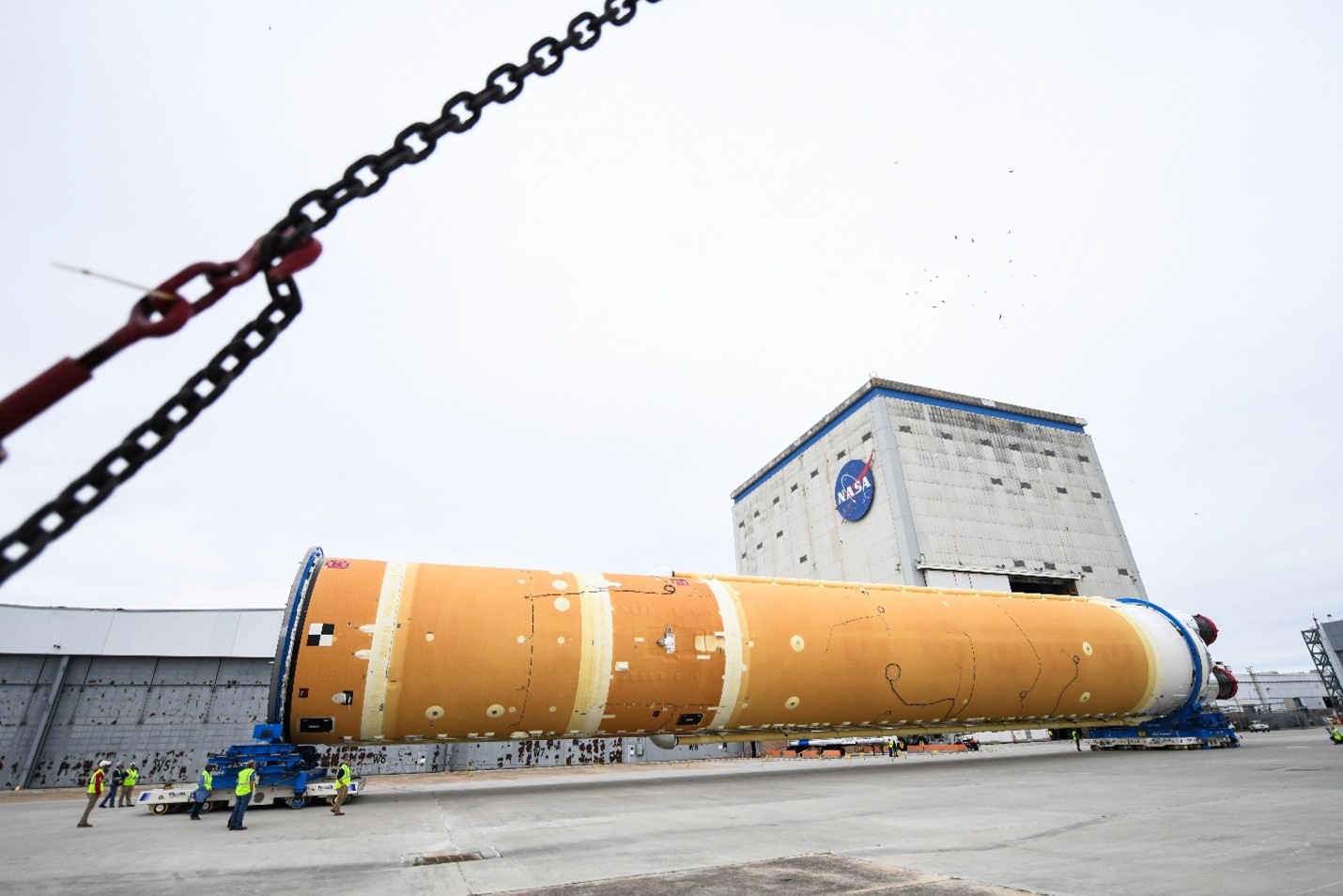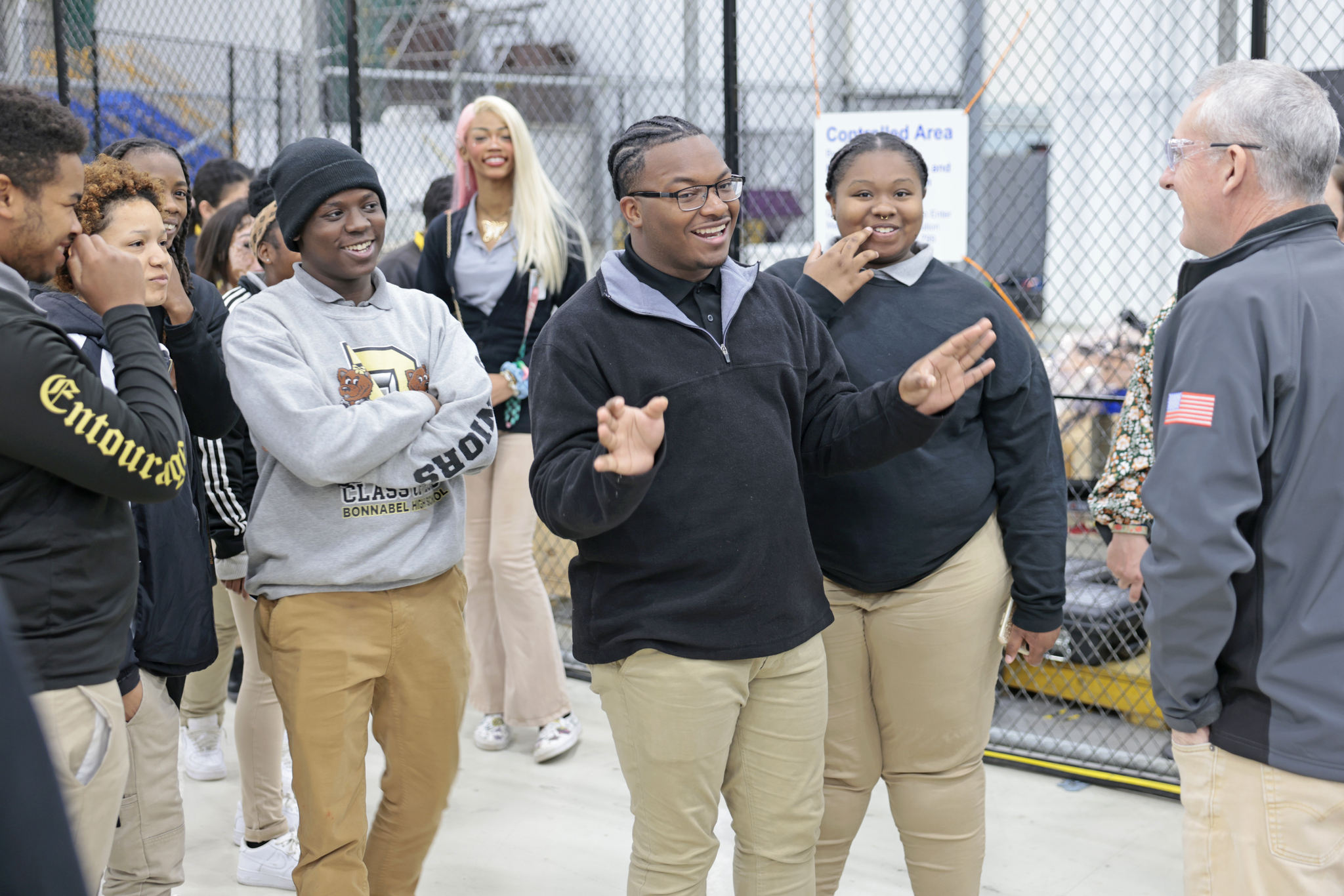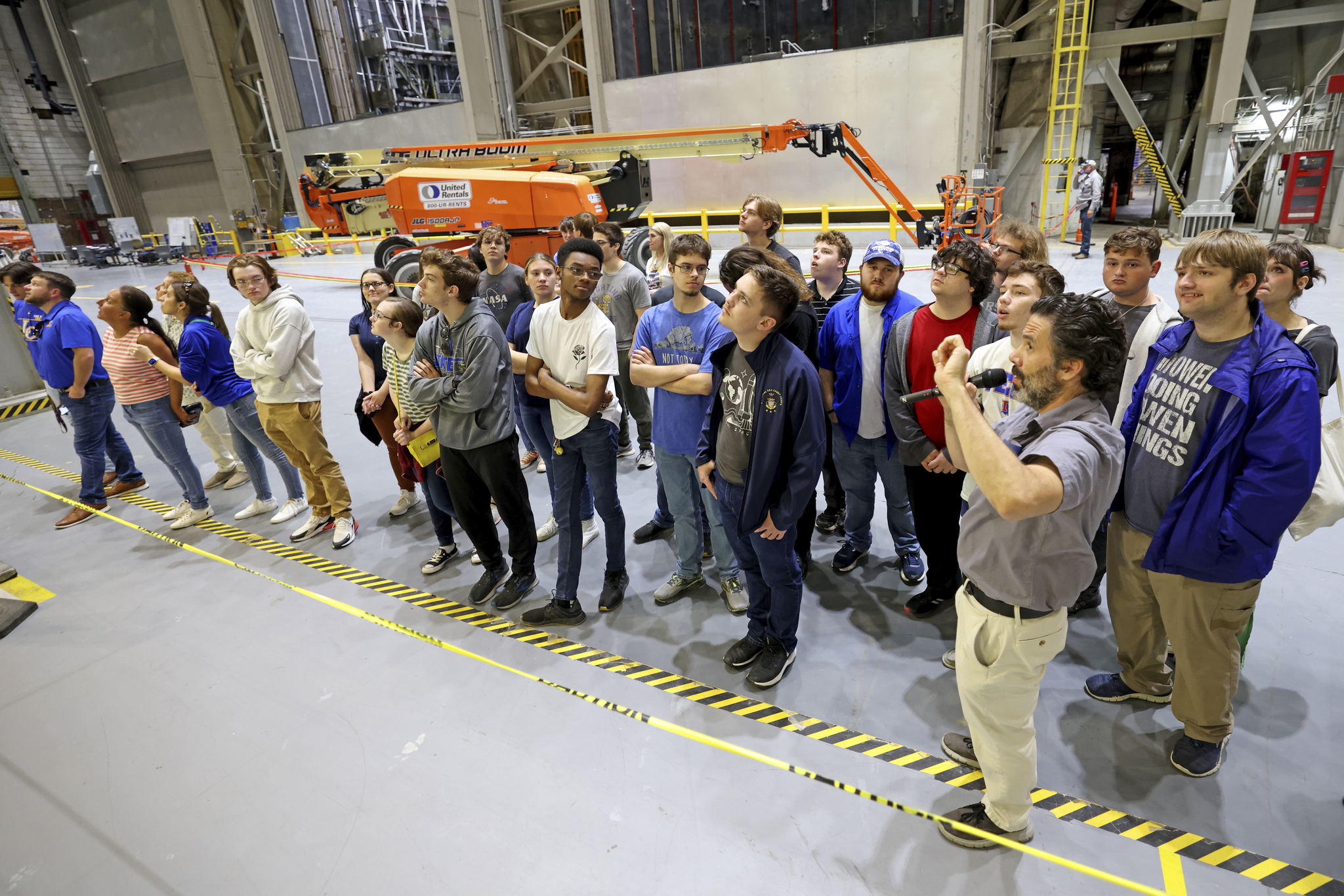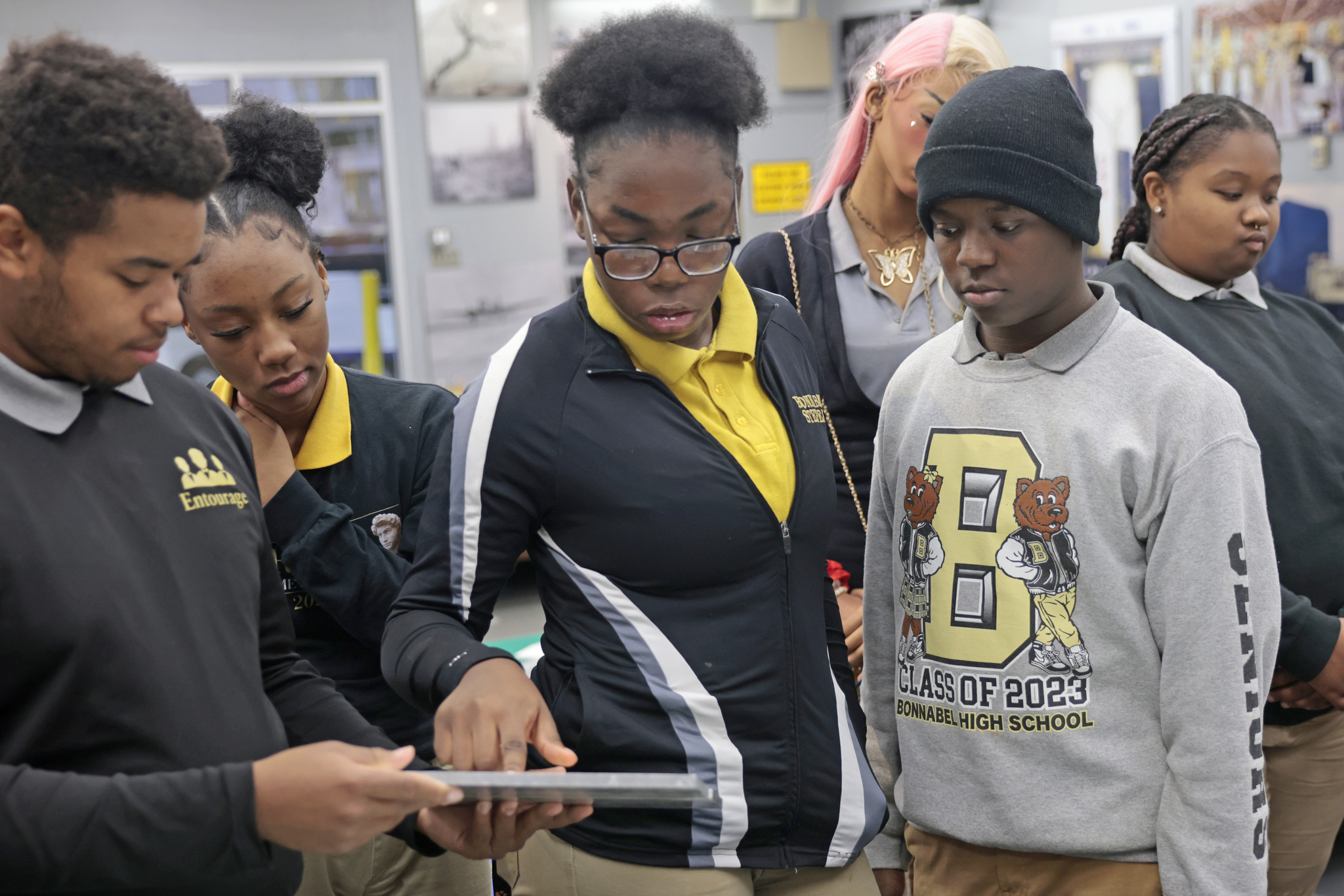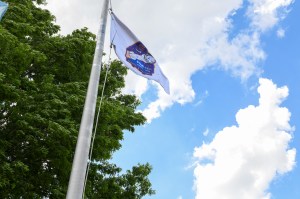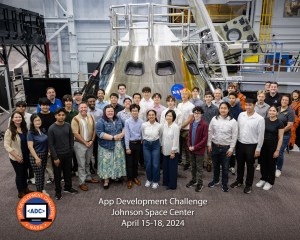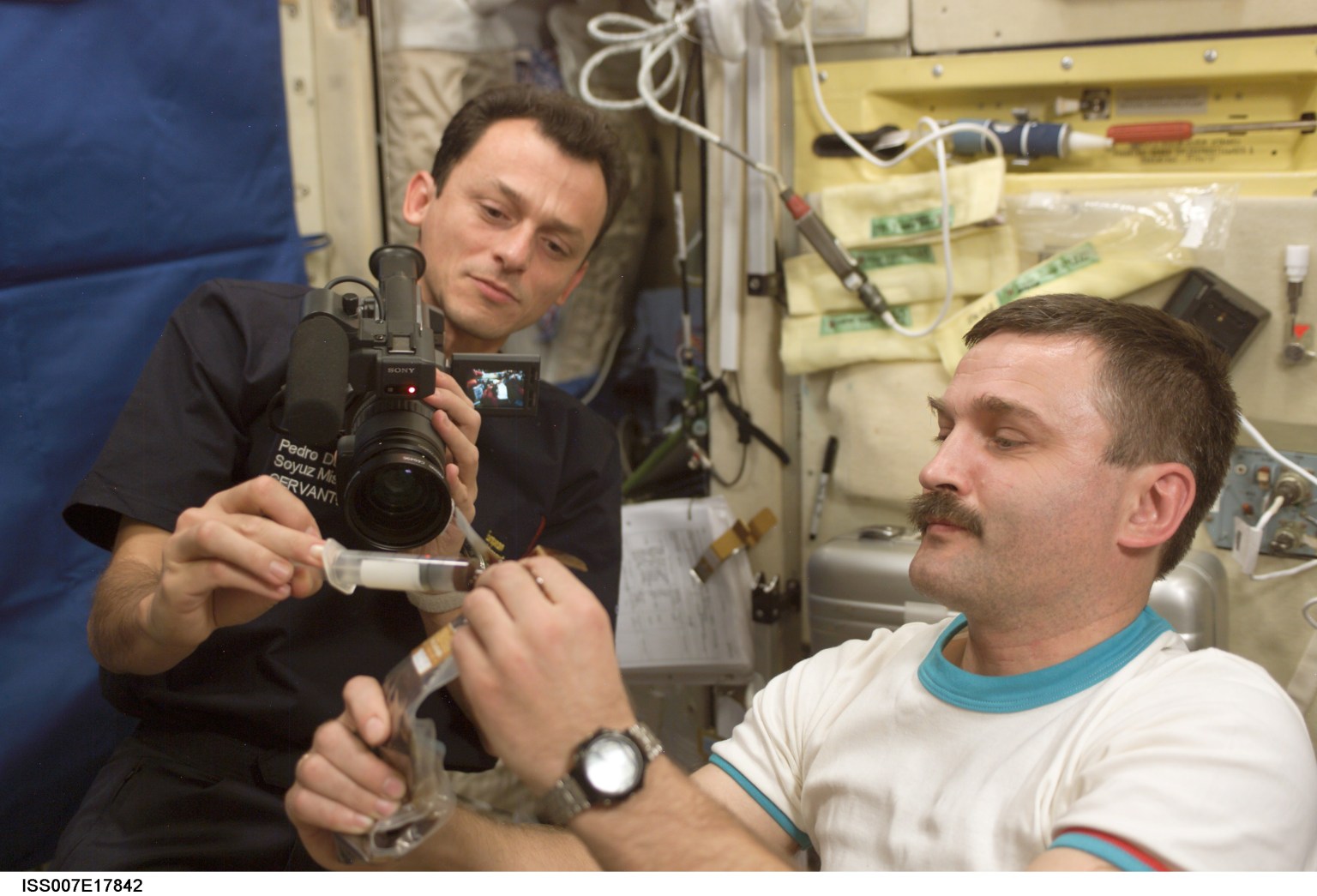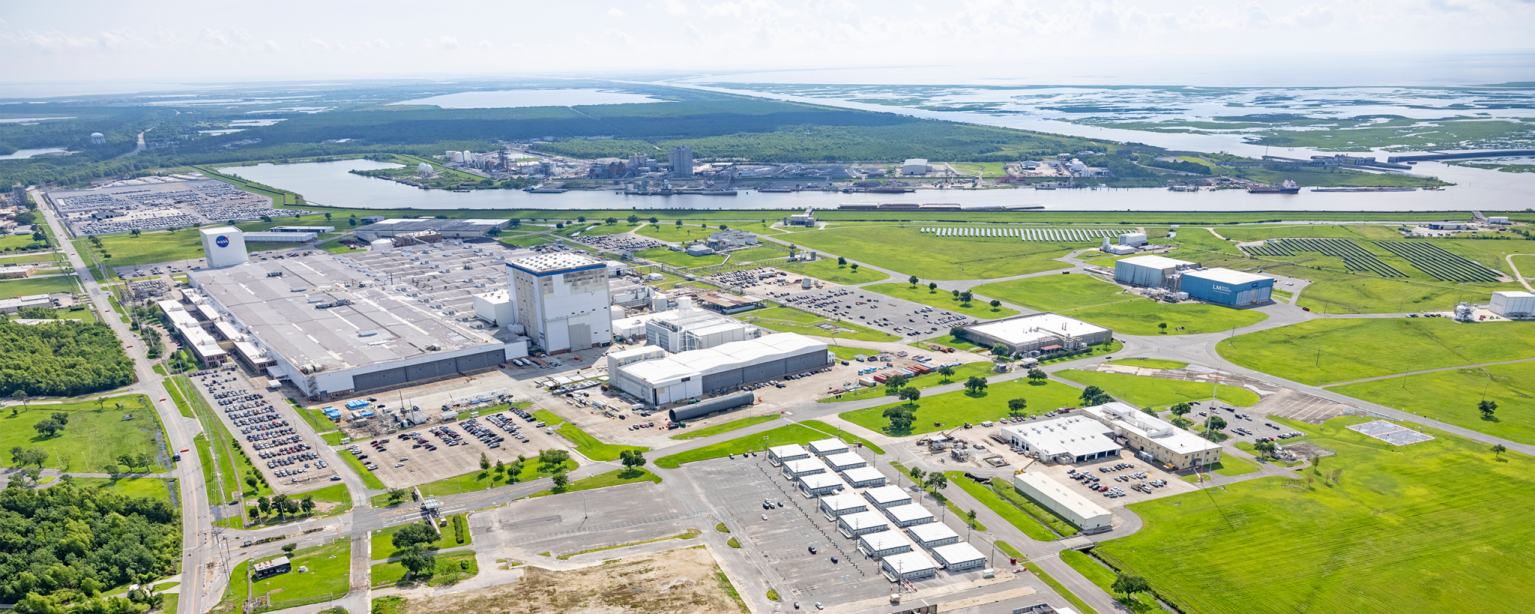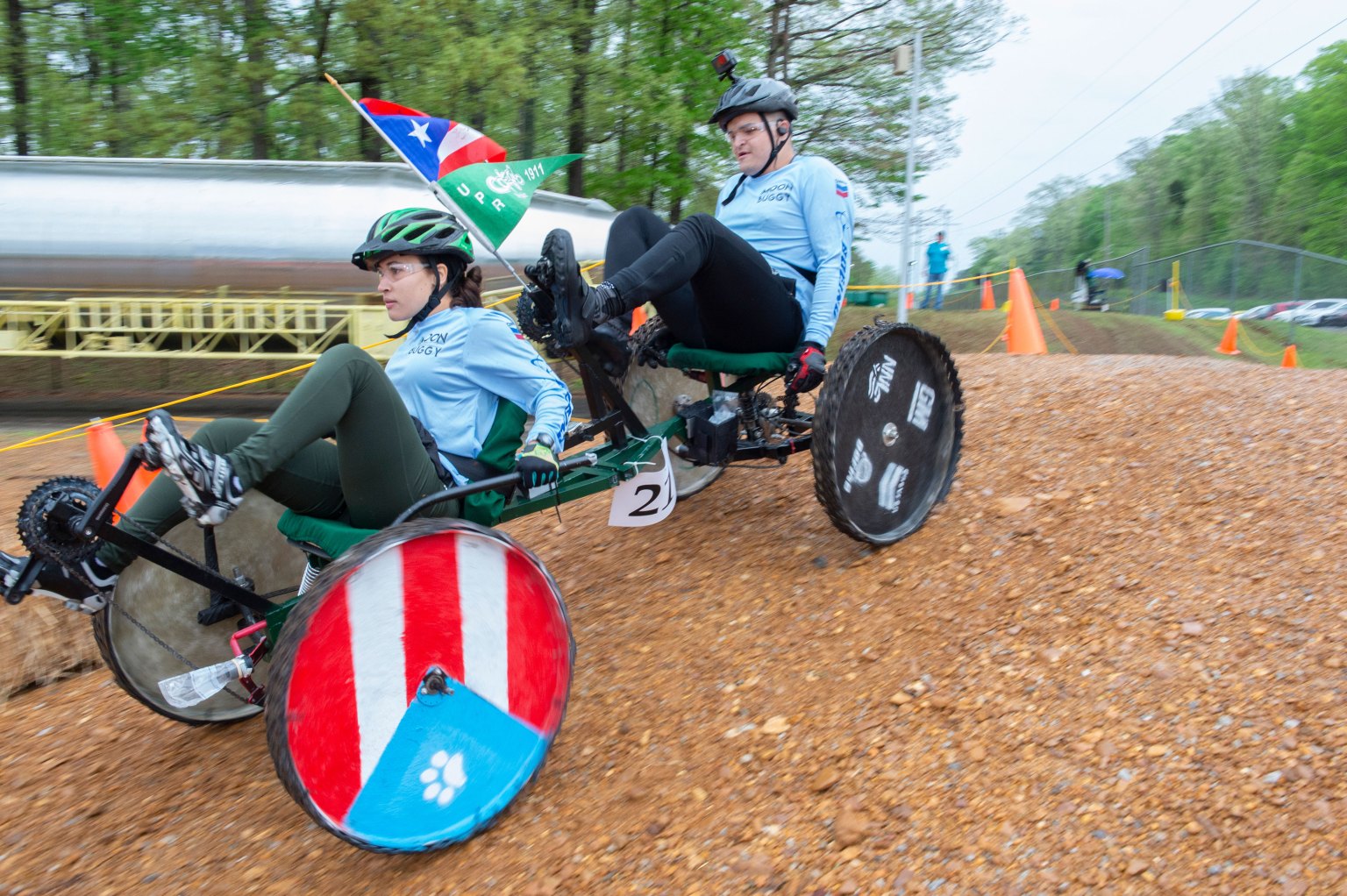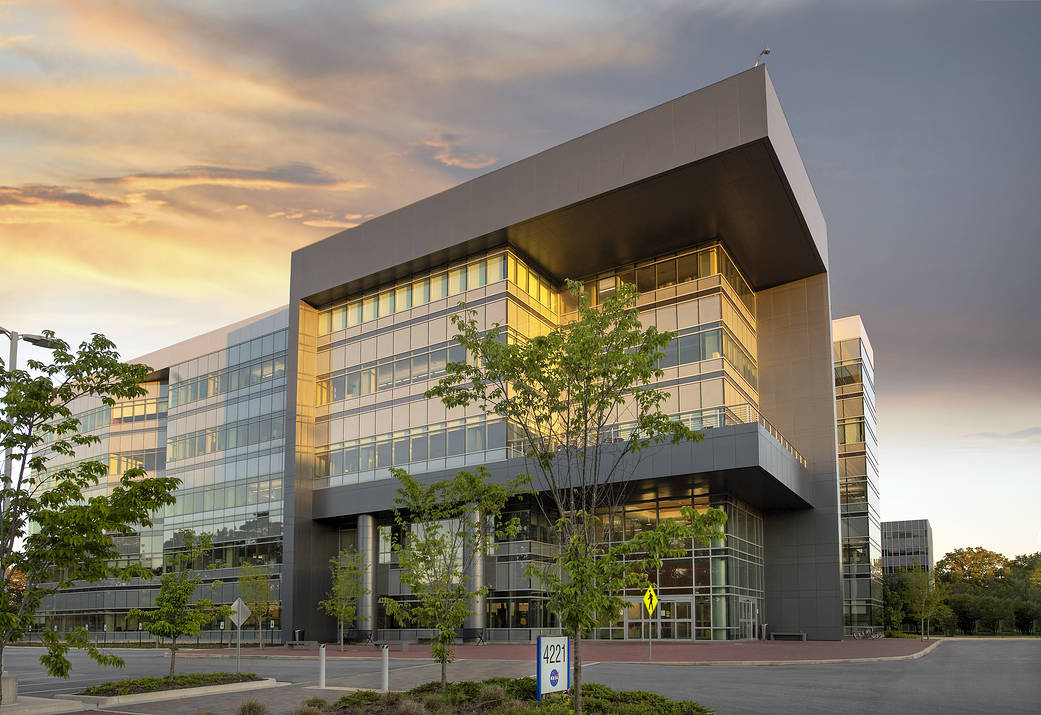By Matt Higgins
NASA plays a crucial part in engaging the nation’s developing workforce to enter science, technology, engineering, and math occupations of today, and the STEM jobs of the future. At the forefront of the agency’s STEM Engagement with students and educators is NASA’s Michoud Assembly Facility in New Orleans, which is managed by NASA’s Marshall Space Flight Center in Huntsville, Alabama.
Michoud serves as America’s “rocket factory,” where students can witness the manufacturing and assembly of NASA’s SLS (Space Launch System) core stages and Exploration Upper Stage, and the Orion crew module, learning about the skills required for completing those tasks and the occupations that perform them.
The factory is not open to the public but special tours are available for schools and organizations on a case-by-case basis. Despite its limited access, Michoud welcomes students, educating them on SLS production, factory operations, and the higher educational institutions Michoud partners with to help develop a STEM workforce for the region.
The students who visit Michoud are the next generation workforce. They’re the ones who are going to be the working at Michoud, long after I’m gone. That’s why we think it’s important to provide them with a STEM experience at our facility.”

Lonnie dutreix
Michoud Assembly Factory Director
NASA’s Apollo missions inspired a generation of scientists and steered many college students toward a degree in STEM. Now, through the Artemis missions, NASA is building on more than 50 years of exploration experience to explore more of the Moon than ever before with its commercial and international partners. The agency is also inspiring a new generation – the Artemis Generation – and furthering America’s demand for a skilled workforce in STEM fields.
Helping to create the next generation workforce, Michoud is partnering with local schools like Nunez Community College, just a 15-minute drive from the facility. Through these partnerships in conjunction with the Southeast Region Office of Stem Engagement at NASA’s Stennis Space Center in Bay St. Louis, Mississippi, students complete projects that focus on SLS and Orion spacecraft production and learn about a variety of technical skills needed at Michoud, with a concentration on mechanical and electrical skills, which are critical elements of aerospace manufacturing.
During a visit to Michoud, students and educators from Live Oak High School in Denham Springs, Louisiana, had an opportunity to experience the rocket factory.
“Being able to expose our students to all the areas you could study and the possibility of being able to work here at an extraordinary facility is just incredible,” Beth Jones, principal at Live Oak High School, said.
The subject specialties of the students ran the gamut of STEM fields, and Live Oak students discovered new possible career and educational pathways from their tour.
“I’m hoping to further my education in planetary science and explore biology in space,” Haleigh Hart, a senior, said. “I didn’t know we were mining on the Moon, until today. That’s something beneficial to know for me going forward.”
Hart said it was beneficial to learn NASA will be mining on the Moon and expressed her excitement that Michoud is not far from her school.
“Getting to see that this [Michoud] is right in our backyard, I was like, ‘Whoa! We’re still in Louisiana.’ That’s really cool.”
Claiborne Plant, a junior, is focused on pursuing a career revolving around his love of math.
My first goal is to be a math teacher. If not that, I want to work at NASA and use my math skills.
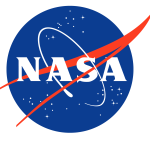
Claiborne Plant
Junior at Live Oak High School
To further its efforts in STEM education and enhance the nation’s workforce, NASA has emphasized diversity, seeking to include more women and people of color. In support of this, Michoud is teaming up with Greater New Orleans, Inc., a regional economic development nonprofit organization that will provide 25 female high school students from its STEM summer internship program to visit Michoud.
“As our agency prepares to send the first woman and first person of color to the Moon, we want to continue attracting diverse students to STEM and providing connections to NASA’s mission,” Kevin Mcghaw, program manager for the Office of STEM Engagement at Marshall, said.
Craig Betbeze
NASA’s Michoud Assembly Facility, New Orleans
504-419-5333




























